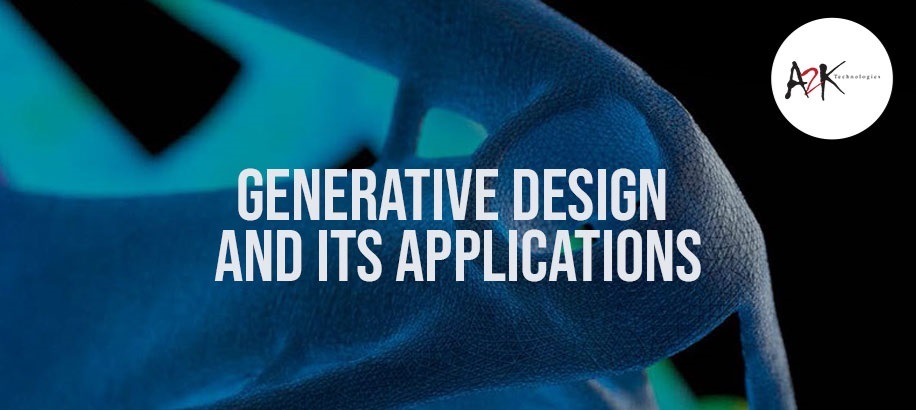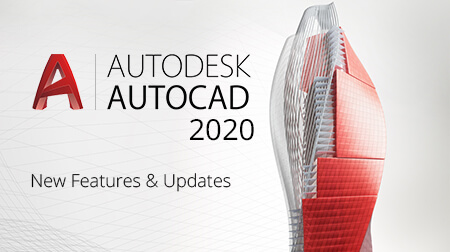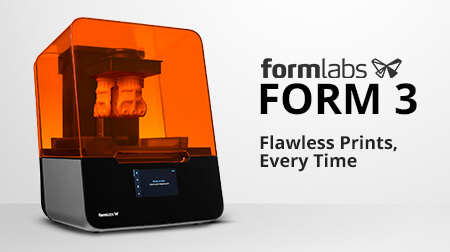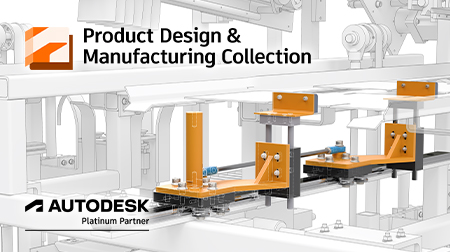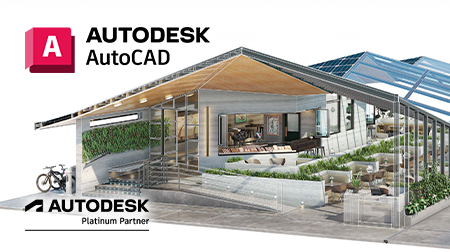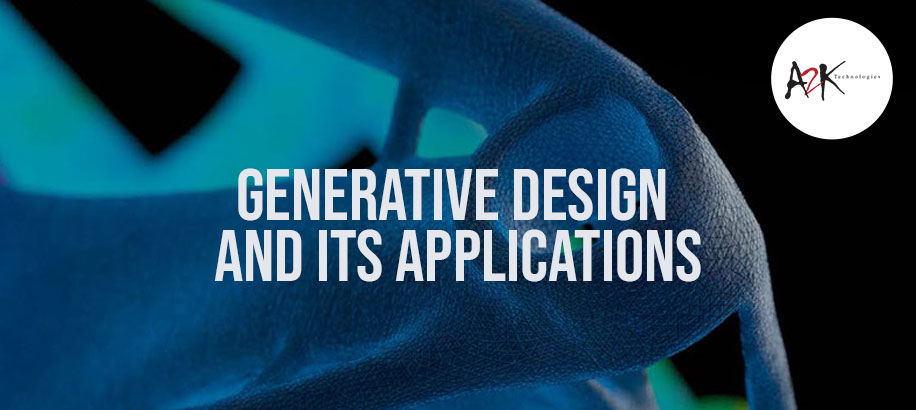
Generative Design and its Applications
Over the course of 3.5 million years – we’ve created tools that have helped us create our world. While those tools have allowed us to do more and made more things possible, they’ve not only defined our aesthetic but also limited our imagination – until Generative Design was introduced.
This blog will take a look at:
- Generative Design Technology
- Generative Design applied to a Drone
- Generative Design applied to a Chair
- Generative Design in 3D printing and Manufacturing
- The potential of Generative Design in the Built Environment
Generative Design Technology
What is Generative Design? It is CAD (Computer Aided Design) except, instead of a designer having fully formed an idea of the designs they want to create and traditionally transcribing it into a CAD tool, the designer specifies and inputs their goals in the Generative Design software. The software synthesises the solution and the geometry. Instead of the designer drawing what they already know, they are telling the computer what they want to accomplish. Generative Design replicates the natural world’s evolutionary approach with cloud computing to provide thousands of solutions to one design or engineering problem.
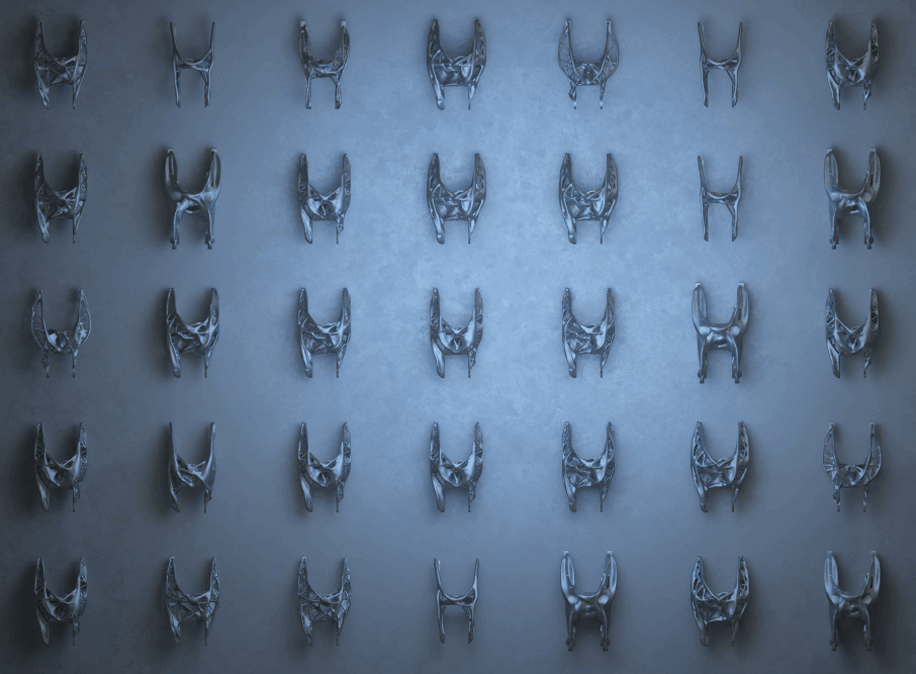
Generative Design applied to a Drone
When the drone propeller thrust and the battery load data were inputted into the Generative Design software, the tool produced multiple different solutions for the drone body as seen below. The time lapse shows an erosion occurring, which can actually be comparable because the system removes material. For the first iteration, material is removed and for the following iteration, a strength analysis is completed to determine how much more material can be removed without losing efficiency and strength. The system goes through a cycle – how much more material can be removed? > too much material was removed > material needs to be added back.
Generative Design applied to a Chair
Instead of drawing a chair and experimenting with its form, the designer is able to add data in the Generative Design software specifying the goal support weight, chair weight, cost and preferred material. The computer then generates thousands of design options which all meet the criteria. The designer is able to choose one design that suits their most important criteria, and the design selected may not have been one imagined by the designer.
Generative Design in 3D Printing and Manufacturing
The Clevis or mounting point for a cylinder shown below was designed by Redstack to demonstrate a simple example. The part has been designed so that it can be easily and cost effectively be produced. The part’s cheapest form would be welded with three pieces of steel following with holes being machined into it.
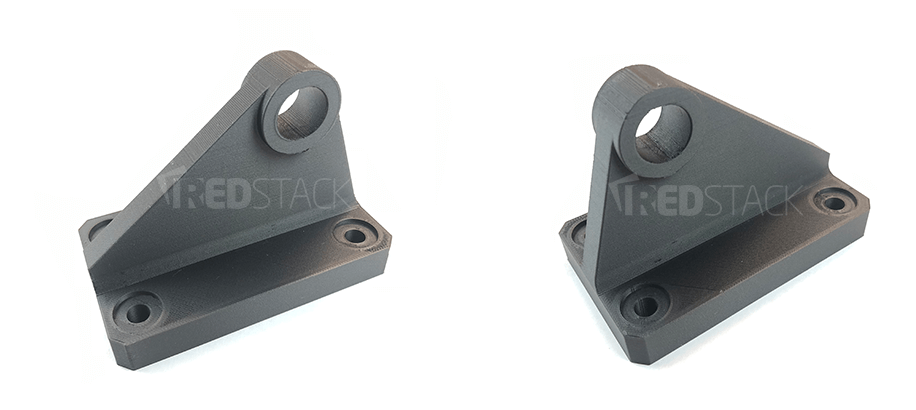
Example only - 3D printed in Onyx
- Stainless Steel
- Weight – 1,570 grams
- 120 x 72 x 87mm (L x W x H)
Defining your preserve and obstacle geometry is a critical part of this process. These items define what the design’s critical parts are and where things cannot change. For example, in the image below, the green rods show the area where we need space, so we can get to the bolts and the centre pin. The grey areas also define where the system cannot build any of the part.
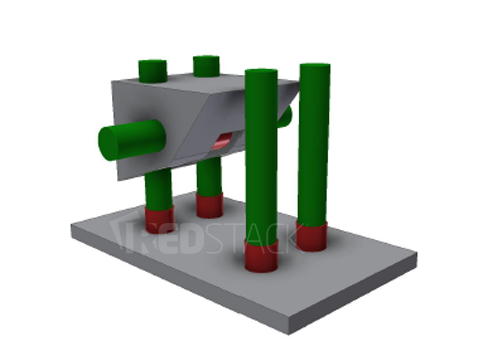
In this study, data was inputted in the Generative Design software with the goal of starting with the traditional Clevis design shape and just removing from there. The result was a symmetrical design that is 50% lighter and less radical.
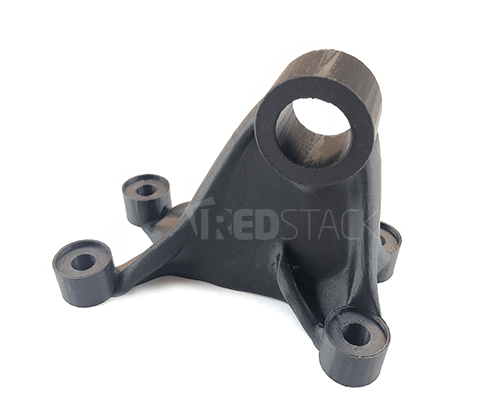
Example only – 3D printed in Onyx
- Weight – 635 grams (60% weight saving)
- Factor of safety = 3.0
- Material – Stainless Steel
The second study used all the same leads and FEA inputs, but a starting shape was not defined. This meant that Generative Design starts from a large mass or block and removes material from the areas that aren’t needed. This resulted in a much more radical non-symmetrical design.
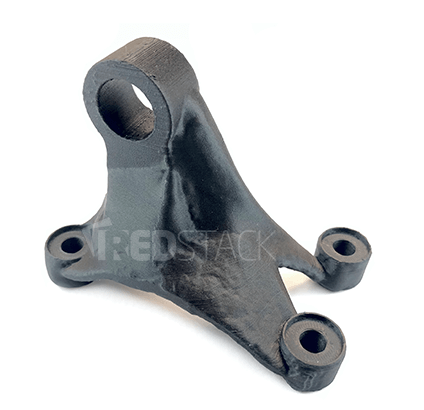
Example only – 3D printed in Onyx
- Weight – 570 grams (64% weight saving)
- Factor of safety = 3.0
- Material – Stainless Steel
Each study can be reviewed in several ways within the Autodesk Generative Design. The thumbnail displays show the final version for each outcome in each study. These are approximately 35 variants and a selection can be made from any of these.
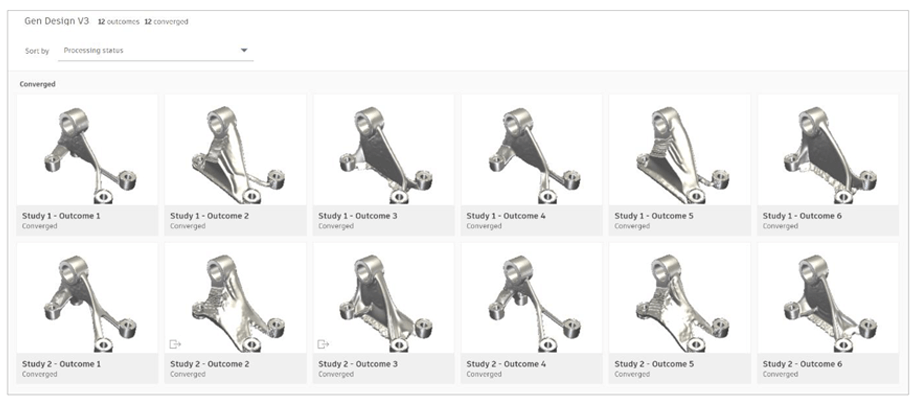
In the chart view, the reviewer is able to select based on criteria such as Mass vs Factor of safety.
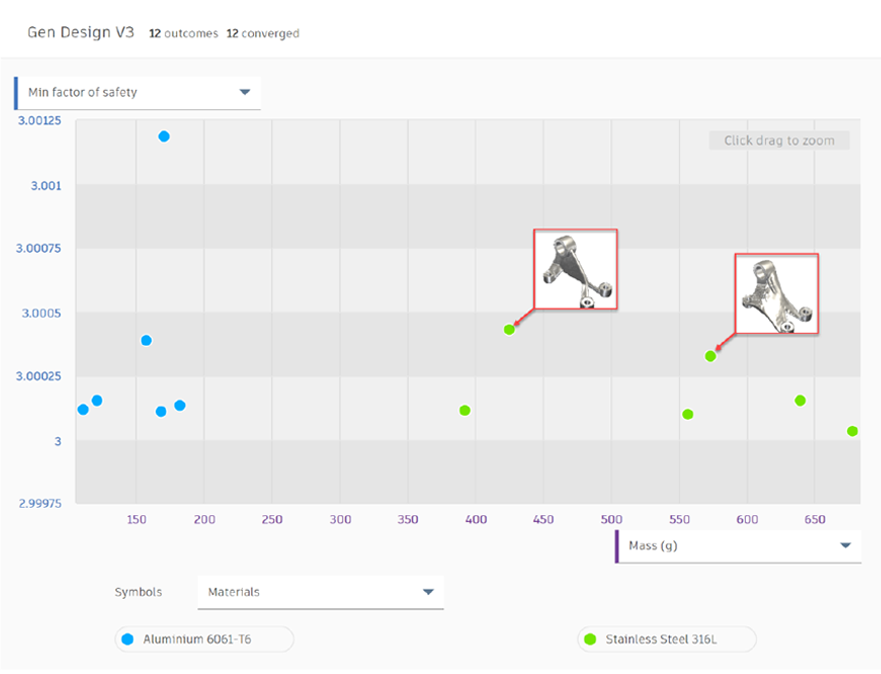
While the basic shape was formed by the algorithm from Generative Design, there are several areas within the design that do require manual surface clean-up. The clean-up can be done using Meshmixer as an STL file or the design can be exported out of Generative Design as a SAT file. The SAT file can be imported into a CAD program such as Inventor or Fusion 360 and manipulated as a solid model.
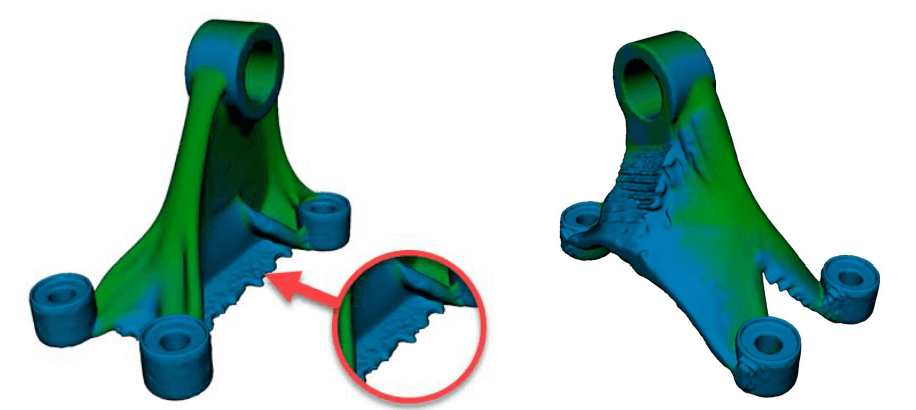
The final design was 3D printed in metal in-house at Redstack’s Metal X Workshop using the Markforged Metal X 3D printing system.
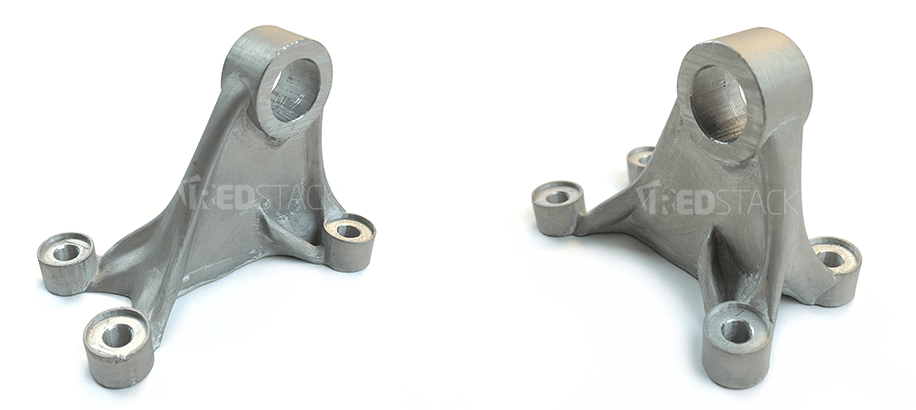
Generative Design is an entirely new way of designing things and the benefits are potentially astounding with reduction in costs, quicker development times and less material consumption. When Generative Design is combined with the emergence of innovative forms of manufacturing such as Metal 3D Printing – the sky’s the limit. The metal and composite 3D printers from Markforged are already changing the game – allowing you to 3D print incredibly high-performance parts on-premise in under 24 hours. Watch the video below to learn more about the Markforged technology.
Traditional manufacturing methods requires a huge production of products just to be profitable. In the past, small companies and designers without access to production resources were simply out of luck – now combining Generative Design and 3D printing, they are now able to do a batch run of just one. The stage has been set for the re-emergence of local manufacturing.
The potential of Generative Design in the Built Environment
Generative Design extends beyond manufacturing into the built world. Architects and Engineers can co-create with the technology, choosing the constraints and setting the goals in order to achieve the ideal floor plan, the balance of structures and energy consumption, while at the same time – creating designs that avoid waste and control costs. The software simply determines the most optimised way of achieving these goals and the results will be staggering. That’s the power of generative design.
Click here to view the Generative Design infographic

